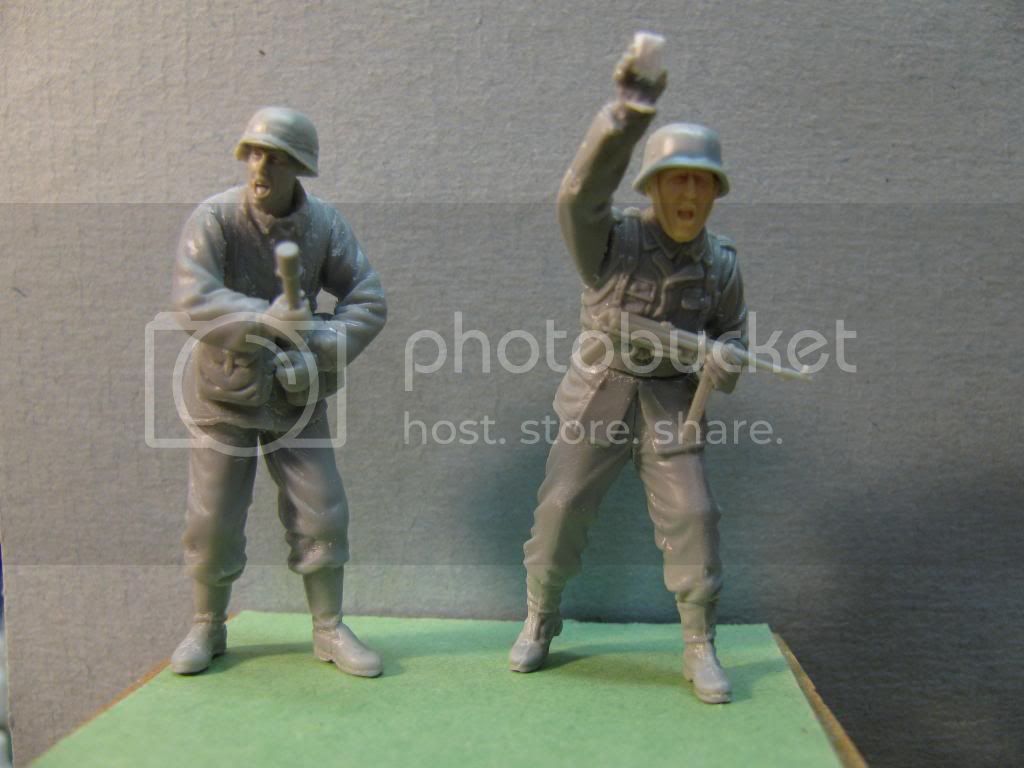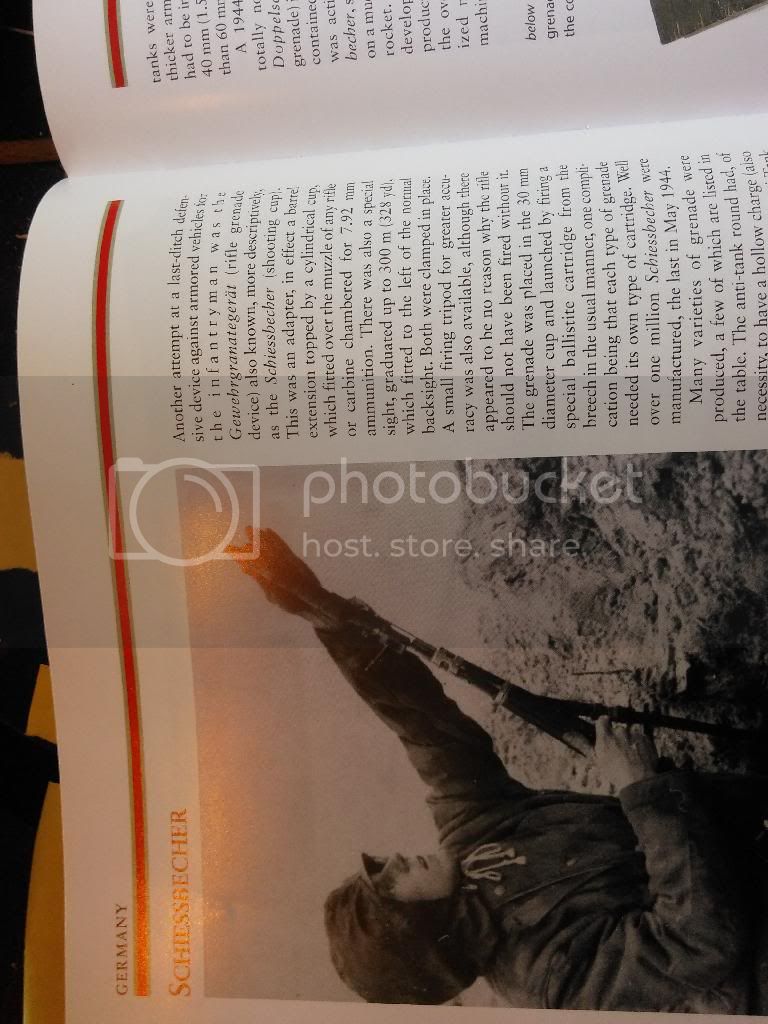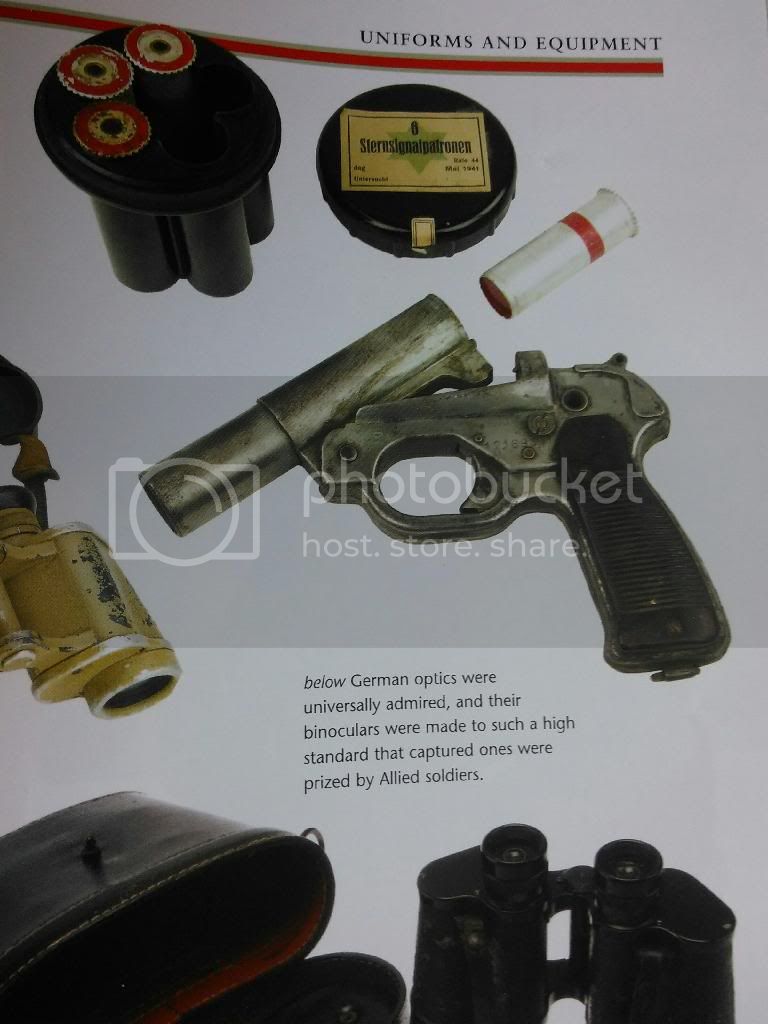Quoted Text
Quoted Text
I like your last figure, though I would agree about the Stalhhelm, much to flat.
David Miller's Fighting Men of WWII; Axis Forces spends a lot of time on German flares. I've got a copy if you want any information.
Cool! I would just like to know if the hand held signal pistil had a flare/illum. option for ammo? I know they had at least three color signal flares but what about illum.?
As far as the helmet goes,look back at my first pic and you can see the difference in the hornet helmet on the left and the dragon on the right.
Thanks in advance buddy! For the flare intel.
J
The Walther Light Pistol 1928 had a 26.mm, smooth bore barrel was a breach loaded weapon.
There is also a Kampfpistole listed. Which had a 23mm rifled insert fitted (I assume in the Walther 1928) and that fired a 1oz Sprengranate, it was found ineffective. Then the Germans developed Wurfkorper 358 LP which used a potatoe masher grenade as a warhead, this was too heavy and gave a terrible offensive range.
Eihandgrante were then developed and had a theoretical range of 93 yards. Over 250,000 were made between '41 and '42.
An anti-tank grenade, Wurfgranate 326, could penetrate two inches of armor. 400,000 were built. It had a range of 300 yards but had issues with accuracy at even 100 yards.
There was also a war-time standard of Pfeifpatrone whistling rounds to warn incase of gas attacks.
Also shown is a picture of a double barreled version of the Walther 1928 for more complex signals.
All flares were carried in a large metal box that held up to twenty four rounds.
Unfortunately Miller doesn't go into any detail on colors or mention an illumination round but I did find mention of a Gewehr Fallshirmleuchtgranate illuminated rifle ganade. It's a 30mms round with a 500 yard range. Rifle grenades were in metal canisters of five rounds and were further packed into crates.
I'll post some photos in a few minutes as my scanner has been rather rebellious for the last few months.






































